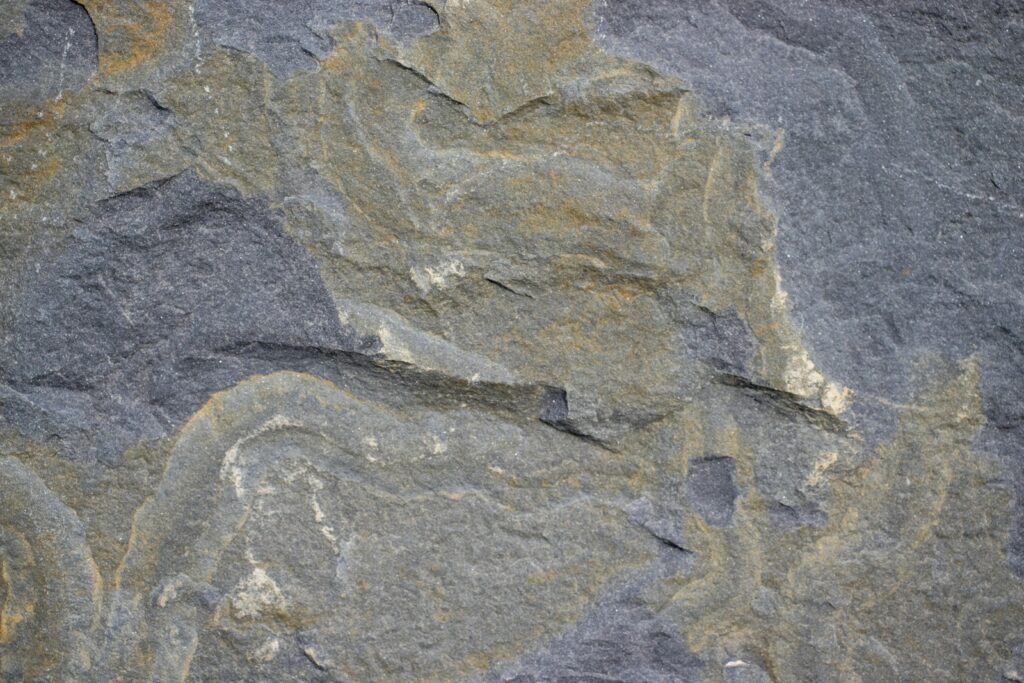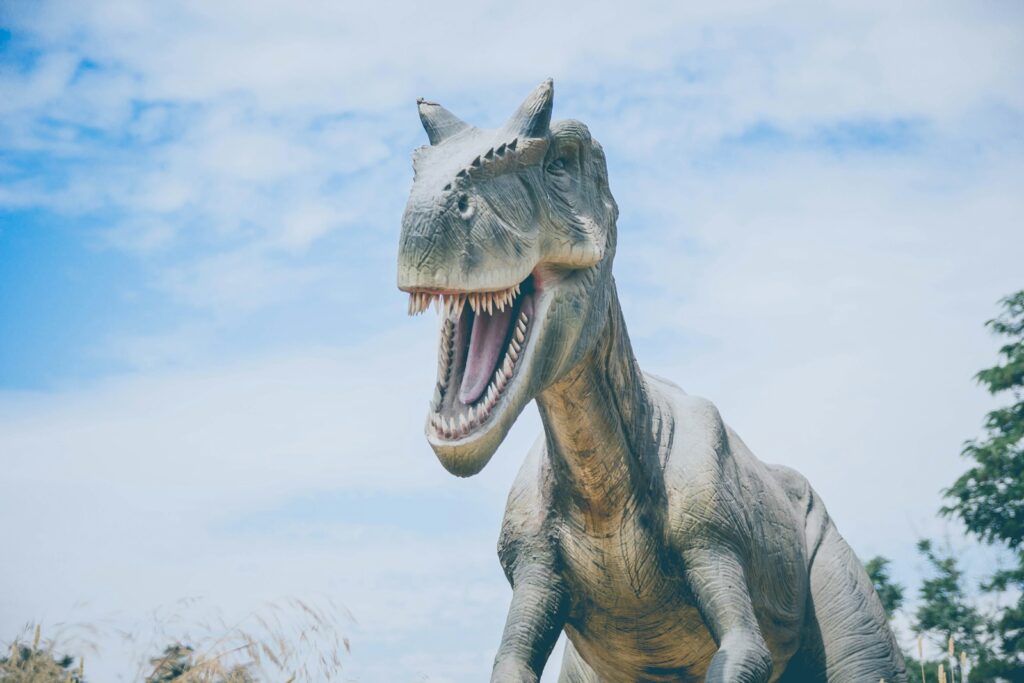The world of ancient and modern scaly creatures fascinates scientists and nature enthusiasts alike. While dinosaurs and reptiles share certain characteristics that might make them seem similar at first glance, they represent distinct biological categories with important differences. Many people incorrectly use the terms interchangeably, not realizing that while all dinosaurs were reptiles, not all reptiles are (or were) dinosaurs. Understanding the relationship between these groups requires exploring their evolutionary history, physical characteristics, and biological classifications. This article will clarify the key differences between dinosaurs and reptiles, exploring their unique features, evolutionary relationships, and the scientific understandings that help us distinguish between these fascinating animals.
The Definition of Reptiles
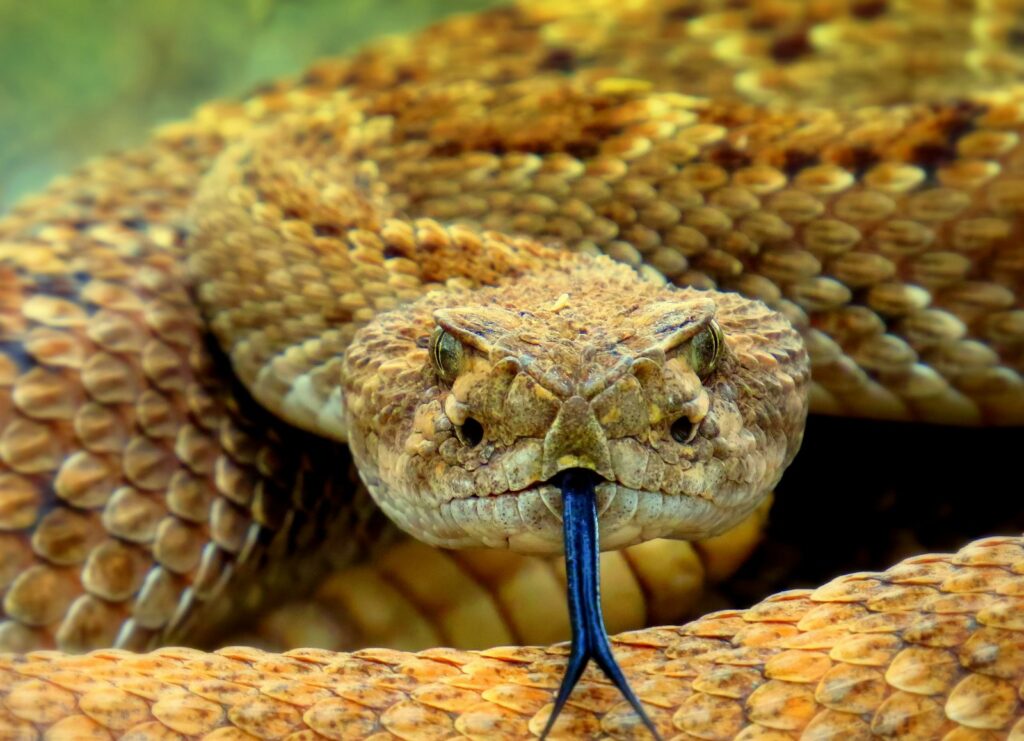
Reptiles constitute a class of cold-blooded vertebrates that includes snakes, lizards, turtles, crocodilians, and tuataras. These animals are characterized by their scaly skin, amniotic eggs (typically with leathery shells), and ectothermic metabolism, meaning they rely on external heat sources to regulate their body temperature. Modern reptiles have evolved over millions of years and have successfully adapted to various environments across the globe. They typically have a three-chambered heart (except crocodilians, which have four chambers), and most lay eggs, though some species give birth to live young. Reptiles represent one of the oldest vertebrate groups still thriving today, with a fossil record dating back over 300 million years.
What Defines a Dinosaur
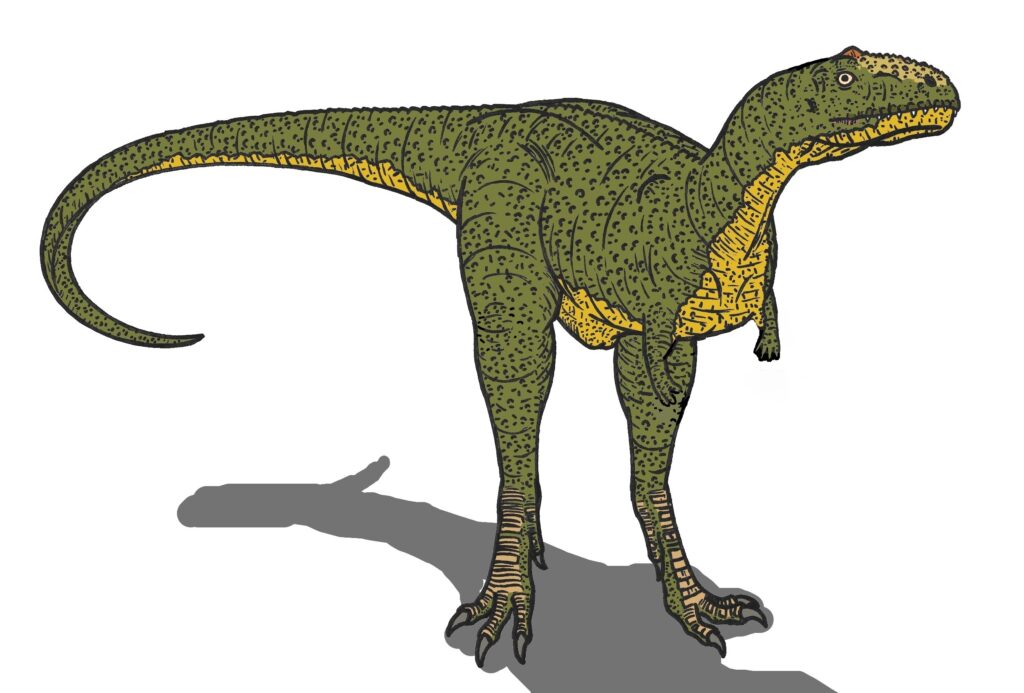
Dinosaurs were a diverse group of reptiles that dominated Earth for approximately 165 million years during the Mesozoic Era (252-66 million years ago). Scientifically, dinosaurs are defined by specific skeletal features, including a hole in the hip socket (acetabulum) and limbs positioned directly beneath the body rather than splayed to the sides like most reptiles. These features allowed for more efficient movement and better support of body weight. Dinosaurs belong to the clade Dinosauria, which is further divided into two major groups: Saurischia (“lizard-hipped”) and Ornithischia (“bird-hipped”). Despite popular misconceptions, flying pterosaurs and aquatic plesiosaurs were not dinosaurs but separate reptile groups that lived alongside them. Only birds survive today as living dinosaur descendants.
Evolutionary Relationships

Dinosaurs and modern reptiles share a common ancestry but diverged along different evolutionary paths. Both groups evolved from early amniotes approximately 320 million years ago during the late Paleozoic Era. The ancestral lineage that would eventually lead to dinosaurs split from other reptilian lines during the Triassic Period, developing unique adaptations that helped them become the dominant land vertebrates of their time. Modern reptiles (including turtles, tuataras, lizards, snakes, and crocodilians) evolved along separate branches of the evolutionary tree. Interestingly, birds—which are living dinosaurs—are more closely related to extinct dinosaurs like Tyrannosaurus rex than modern reptiles are. This evolutionary relationship makes the distinction between dinosaurs and reptiles somewhat complicated, as dinosaurs represent a specialized group within the broader reptile category.
Skeletal Structure Differences

One of the most significant differences between dinosaurs and typical reptiles lies in their skeletal structure. Dinosaurs possessed an upright stance with their legs positioned directly beneath their bodies, similar to mammals and unlike the sprawling posture of most reptiles. This adaptation allowed dinosaurs to support greater body weight and move more efficiently on land. Another key skeletal distinction is found in the hip structure—dinosaurs had a distinctive hole in their hip socket (the perforate acetabulum) that is not present in other reptiles. Additionally, many dinosaurs had specialized features like hollow bones (particularly in theropods), which made their skeletons lighter while maintaining strength. These skeletal adaptations represent fundamental differences that helped paleontologists define dinosaurs as a distinct group within Reptilia.
Metabolism and Temperature Regulation
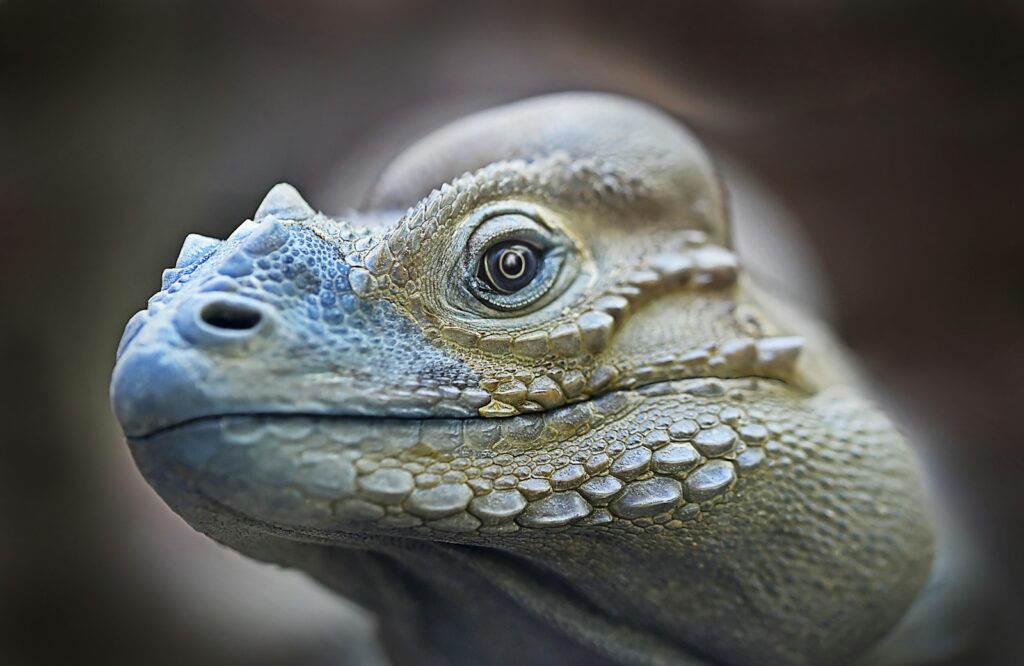
The question of dinosaur metabolism has been debated extensively in scientific circles. While modern reptiles are ectothermic (cold-blooded), requiring external heat sources to regulate their body temperature, evidence suggests many dinosaurs may have been mesothermic or even endothermic (warm-blooded). Growth rates observed in dinosaur fossils, the presence of feathers in many species, and bone structure analyses indicate that at least some dinosaur groups maintained elevated body temperatures through internal processes. This contrasts sharply with modern reptiles, which typically bask in the sun to warm up and seek shade to cool down. Recent research suggests that dinosaur metabolism likely fell along a spectrum, with some groups being more endothermic than others. This metabolic difference represents one of the most significant physiological distinctions between dinosaurs and modern reptiles.
Skin Coverings and Adaptations

Modern reptiles are universally covered in scales, which provide protection and help prevent water loss. Dinosaurs, however, exhibited a remarkable diversity of skin coverings that went beyond simple scales. Fossil evidence has revealed that many dinosaur species, particularly theropods (the group that includes T. rex and modern birds), possessed feathers or feather-like structures. Other dinosaurs had specialized scales, bony plates (osteoderms), or spikes for defense or display. The discovery of feathered dinosaurs has revolutionized our understanding of these animals, establishing a clear evolutionary link between dinosaurs and modern birds. This diversity of integumentary structures (skin coverings) represents a major difference between dinosaurs and typical reptiles, reflecting their divergent evolutionary paths and adaptations to different ecological niches.
Reproduction and Parental Care

Both dinosaurs and reptiles laid amniotic eggs, but their reproductive strategies likely differed significantly. Modern reptiles typically lay eggs and provide minimal parental care, with most species abandoning their eggs after laying them. In contrast, fossil evidence suggests that many dinosaur species exhibited more complex parental behaviors. Discoveries of dinosaur nests with adults positioned over the eggs indicate brooding behavior similar to modern birds. Some dinosaur species, particularly among the small, bird-like theropods, may have cared for their young after hatching. Evidence of juvenile dinosaurs remaining with adults suggests family groups and extended parental care in certain species. These differences in reproductive strategies reflect the evolutionary divergence between dinosaurs and other reptilian groups, with dinosaurs developing more complex social behaviors.
Size and Diversity Range

Dinosaurs exhibited an extraordinary range of sizes that far exceeded the diversity seen in non-avian reptiles. The smallest known dinosaurs were comparable in size to modern birds, with Microraptor being approximately the size of a crow. At the other extreme, sauropods like Argentinosaurus reached estimated lengths of 30-40 meters and weights potentially exceeding 70 metric tons, making them the largest land animals ever to exist. Modern reptiles, while diverse, display a much more limited size range, with the largest being the saltwater crocodile (up to 6-7 meters) and Komodo dragon (up to 3 meters). This dramatic difference in size potential reflects the unique evolutionary adaptations of dinosaurs, particularly their upright posture and potentially more efficient metabolism, which allowed them to overcome the physical limitations that constrain modern reptile size.
Taxonomic Classification
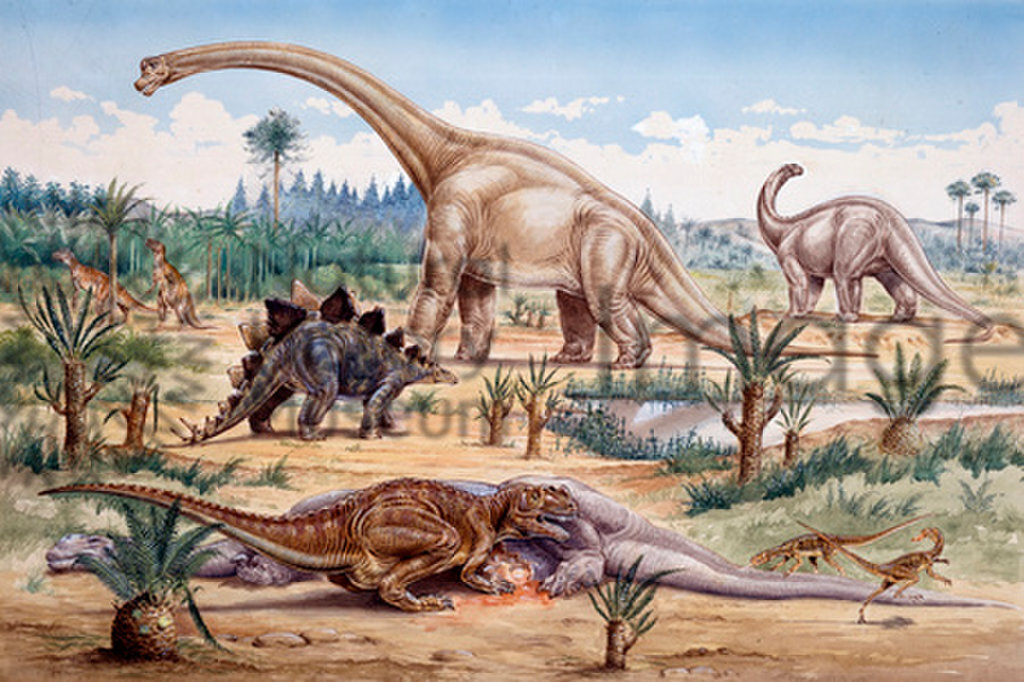
From a taxonomic perspective, dinosaurs represent a specialized clade within the broader classification of reptiles. All dinosaurs belong to the clade Dinosauria, which falls within Archosauria (the group that also includes crocodilians and pterosaurs). Modern reptiles are divided into several orders including Squamata (lizards and snakes), Testudines (turtles and tortoises), Crocodilia, and Rhynchocephalia (tuataras). While dinosaurs are technically classified within Reptilia, they represent a distinct evolutionary branch that led to birds, making birds true living dinosaurs from a cladistic perspective. This means that in modern biological classification, which emphasizes evolutionary relationships, birds are actually reptiles too—specifically, they are theropod dinosaurs that survived the mass extinction event 66 million years ago. This classification highlights the complex relationship between dinosaurs and other reptiles.
Geographic Distribution and Habitat

Dinosaurs achieved a nearly global distribution during their reign, inhabiting every continent, including Antarctica, which was warmer during the Mesozoic Era. They successfully adapted to diverse environments from deserts to coastal regions and forests, though true marine dinosaurs never evolved (marine reptiles of the time belonged to different groups). Modern reptiles also have a wide distribution but are limited by their dependence on external heat sources, making them scarce in extremely cold regions like Antarctica and the Arctic. The ability of dinosaurs to thrive in polar regions with seasonal darkness suggests they had adaptations for cold tolerance that modern reptiles lack. This difference in geographical distribution reflects the distinct physiological capabilities of dinosaurs compared to modern cold-blooded reptiles, providing further evidence for potential differences in their metabolic strategies.
Social Behavior and Intelligence
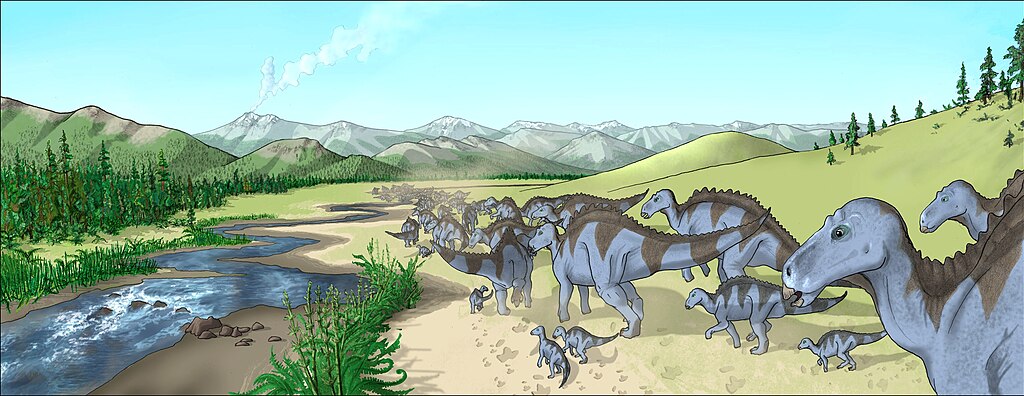
Evidence from fossil discoveries suggests that many dinosaur species exhibited complex social behaviors not typically observed in modern reptiles. Trackway fossils showing multiple individuals moving together indicate herding behavior in some species, while nesting colonies suggest communal breeding in others. Dinosaur brain-to-body size ratios (encephalization quotients) varied widely, with some theropods possessing relatively large brains for their body size, suggesting higher cognitive abilities. Modern reptiles generally exhibit simpler social structures, though some exceptions exist, particularly among crocodilians, which demonstrate parental care and complex communication. The sophisticated social behaviors observed in fossil evidence and inferred from anatomical studies suggest that many dinosaur species likely possessed greater cognitive capabilities than typical modern reptiles, representing another significant difference between these groups.
Bird Connection: Living Dinosaurs

Perhaps the most fascinating aspect of dinosaur-reptile relationships is that birds are literally living dinosaurs. Modern birds evolved from small, feathered theropod dinosaurs and are classified scientifically as part of the dinosaur clade Theropoda. The evolutionary transition from non-avian dinosaurs to birds is documented by remarkable fossil specimens like Archaeopteryx, which displays characteristics of both groups. Birds retain numerous dinosaurian features including scales on their legs, similar egg structures, and comparable skeletal elements. This evolutionary relationship means that while most dinosaur lineages went extinct at the end of the Cretaceous period, one highly specialized branch—the birds—survived and diversified into the approximately 10,000 species we see today. This scientific understanding fundamentally changes how we view the relationship between dinosaurs and reptiles, as it means dinosaurs never truly went extinct.
Popular Misconceptions

Several common misconceptions cloud public understanding of the relationship between dinosaurs and reptiles. One widespread error is the inclusion of various prehistoric reptiles like pterosaurs, plesiosaurs, and mosasaurs under the “dinosaur” label, when these were distinct reptilian groups that evolved separately. Another misconception involves dinosaur appearance and behavior, with many outdated depictions showing them as sluggish, cold-blooded creatures with lizard-like skin and postures. Modern paleontological evidence reveals dinosaurs were likely much more active and diverse than traditionally portrayed, with many species having feathers or proto-feathers. Perhaps the most fundamental misconception is that dinosaurs are extinct—since birds are technically dinosaurs, approximately 10,000 species of dinosaurs still exist today. These misconceptions highlight the evolving nature of scientific understanding and the challenge of updating public knowledge as new evidence emerges.
Extinction and Survival Patterns

The extinction patterns of dinosaurs and reptiles reveal significant differences in their evolutionary resilience. Non-avian dinosaurs disappeared during the mass extinction event at the end of the Cretaceous period, approximately 66 million years ago, likely resulting from the impact of a massive asteroid combined with volcanic activity and climate change. In contrast, many reptile lineages survived this catastrophic event and continue to thrive today. The differential survival rates suggest fundamental differences in adaptability between these groups. Smaller body sizes, more flexible diets, and the ability to remain inactive for extended periods may have helped reptiles weather the extinction event that eliminated their dinosaurian relatives. However, it’s important to note that birds—as dinosaur descendants—did survive, suggesting that certain dinosaurian adaptations (smaller size, flight capability, warm-bloodedness) proved advantageous during this planetary crisis.
Conclusion: Related Yet Distinct
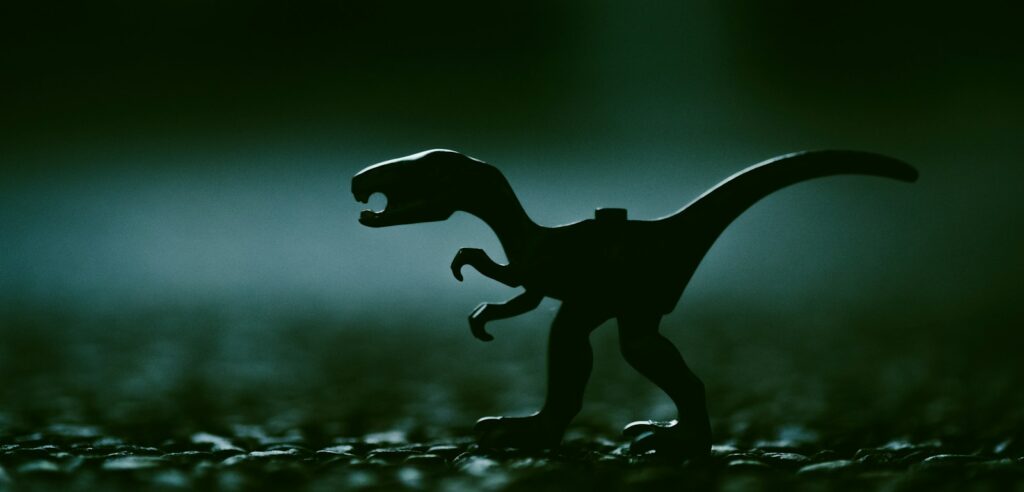
Dinosaurs and reptiles share an evolutionary relationship but represent distinct biological categories with significant differences. While dinosaurs technically fall within the broader classification of reptiles, they developed unique characteristics that set them apart, including upright posture, specialized hip structures, potential warm-bloodedness, and diverse integumentary structures, including feathers. Modern reptiles represent a different evolutionary trajectory, maintaining the more primitive characteristics of their common ancestors. The most remarkable aspect of this relationship is that birds—as living theropod dinosaurs—continue the dinosaur lineage today, blurring the traditional boundaries between these animal groups. Understanding the differences between dinosaurs and reptiles not only clarifies their biological relationship but also highlights the dynamic nature of evolution, where groups diverge, develop specialized adaptations, and sometimes survive in unexpected forms. The dinosaur-reptile relationship reminds us that biological classification reflects evolutionary history rather than superficial similarities, challenging us to appreciate the complex tapestry of life’s development on Earth.

